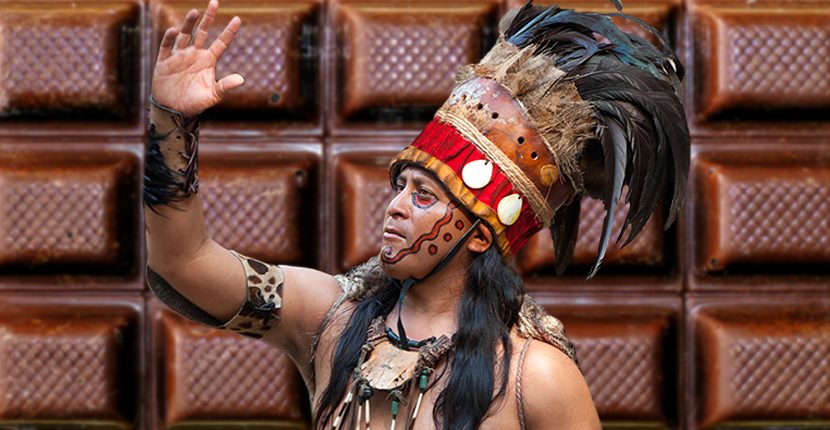Chocolate is one of the most popular flavors in the modern world. It’s used in candy, ice cream, baked goods, and in various other forms, and many people can’t get enough of it. The word chocolate comes from the Aztec xocolatl, which was a bitter drink brewed from cocoa beans, according to Smithsonian. Chocolate comes from the seeds of the cacao plant, and for about 90% of its history, it was consumed as a gruel or liquid, and it wasn’t sweet.
Most modern historians believe that chocolate has been around for about 4,000 years, spreading from Mexico and Central America to the US about 1,000 years ago, but new evidence suggests that the “food of the gods” has been around a lot longer than that.
Researchers now believe that chocolate has been used for as long as the last 5,500 years, and that it started out in South America, in the upper Amazon, not Mexico, as was commonly thought.
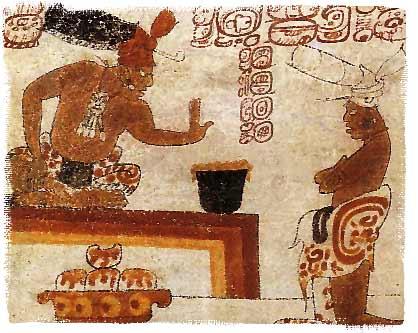
According to an article in Discover Magazine, a multidisciplinary team working at an archaeological site in Santa Ana-La Florida, in Ecuador, was able to recover some starch grains and other organic residue from stone and ceramic artifacts. The matter was analyzed, and it was found that it contained both cultivated cacao and a wild relative called Herrania, and that it was between 5,300 and 5,400 years old. Not only did the discovery mark the earliest known use of chocolate, but it was also the first indication that it had been in use so far south.
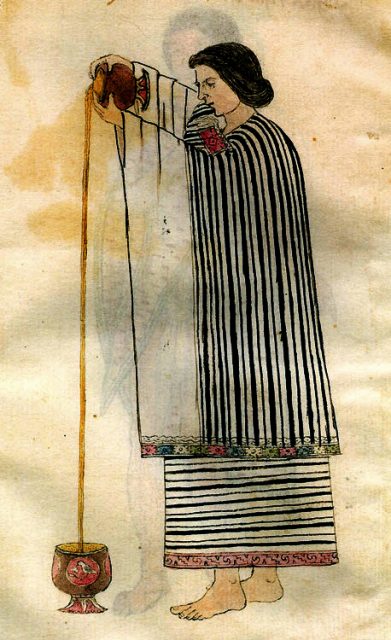
While the news was of the find was important to those who study that part of South America, it didn’t come entirely as a shock, since there have been ethnographic sources indicating that both the wild and domesticated forms of cacao were used widely in food, beverages, and traditional medicine.
Santa Ana-La Florida is the earliest known location of the Mayo-Chinchipe culture, which spread over Parts of Peru and Ecuador. Since it was found in 2002, it has yielded material proof that the culture traded with other groups in the region. It’s possible that they were even part of a trade network, explaining how chocolate eventually made its way north to Mexico and Central America.
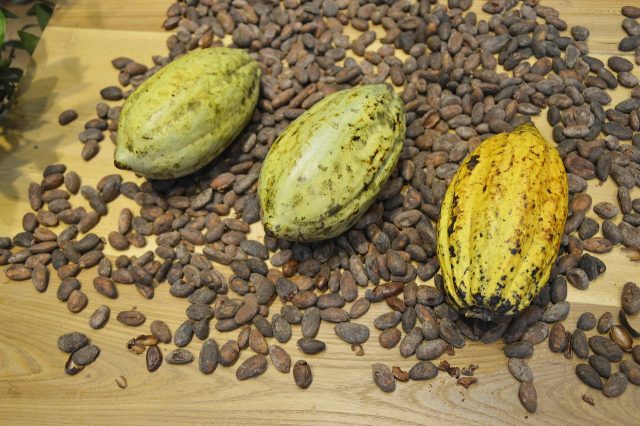
Some of the grains and residue the team uncovered were well-enough preserved that scientists could extract DNA for both strains of the cacao plants and compare them with the known modern species. Comparisons showed that of the 22 known varieties of cultivated cacao and 17 strains of the wild variant, most of them are native to the upper Amazon region.
Among the cultivated varieties, in particular, there was a lot of genetic diversity, which is another thing that suggests that’s where the plants first originated. The results also showed that the DNA they extracted was a much closer match to ancient versions of the plants found in Mexico than the modern types currently being grown near where the material was found.
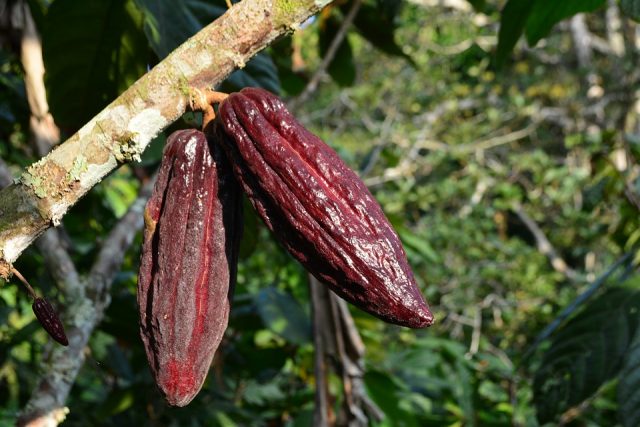
What we think of as chocolate comes from the fruit, or pod, of the cacao tree, and what we think of as cocoa beans are actually the seeds. The fresh seeds are very bitter, so the first step in preparing it is to let the seeds ferment, to develop their flavor.
After fermentation is complete, the seeds get dried, cleaned, and roasted. After roasting, the shell around the seed is removed and discarded, and what’s left is called a cocoa nib. The nibs are ground into cocoa mass, also known as chocolate liquor, which is essentially pure chocolate. That’s probably about as much processing as the ancients ever did, unlike today’s endless varieties of chocolate products.
Strange but True: Ancient Mayans used Chocolate as Money
The evidence found at Santa Ana-La Florida suggests that the Mayo-Chinchipe’s relationship to chocolate was a little more casual than the Mesoamericans, insofar as they used it more often. It didn’t just have ceremonial or medicinal uses; it seems to have been eaten in more everyday contexts, as well. Even so, however they prepared it, it’s a sure bet that it never resembled a Hershey bar.
